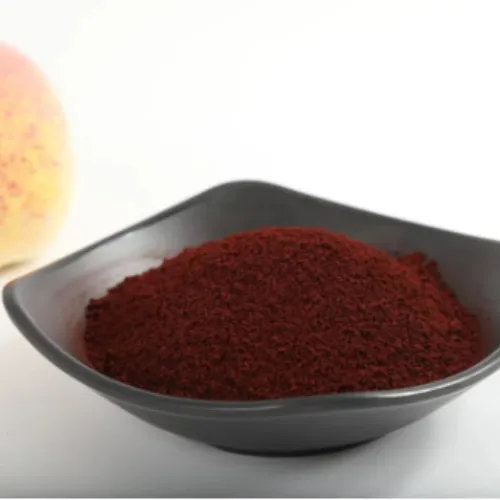Warning: Undefined array key "file" in /home/www/wwwroot/HTML/www.exportstart.com/wp-content/themes/1198/header.php on line 7
Warning: Undefined array key "title" in /home/www/wwwroot/HTML/www.exportstart.com/wp-content/themes/1198/header.php on line 7
Warning: Undefined array key "title" in /home/www/wwwroot/HTML/www.exportstart.com/wp-content/themes/1198/header.php on line 7
- Afrikaans
- Albanian
- Amharic
- Arabic
- Armenian
- Azerbaijani
- Basque
- Belarusian
- Bengali
- Bosnian
- Bulgarian
- Catalan
- Cebuano
- China
- China (Taiwan)
- Corsican
- Croatian
- Czech
- Danish
- Dutch
- English
- Esperanto
- Estonian
- Finnish
- French
- Frisian
- Galician
- Georgian
- German
- Greek
- Gujarati
- Haitian Creole
- hausa
- hawaiian
- Hebrew
- Hindi
- Miao
- Hungarian
- Icelandic
- igbo
- Indonesian
- irish
- Italian
- Japanese
- Javanese
- Kannada
- kazakh
- Khmer
- Rwandese
- Korean
- Kurdish
- Kyrgyz
- Lao
- Latin
- Latvian
- Lithuanian
- Luxembourgish
- Macedonian
- Malgashi
- Malay
- Malayalam
- Maltese
- Maori
- Marathi
- Mongolian
- Myanmar
- Nepali
- Norwegian
- Norwegian
- Occitan
- Pashto
- Persian
- Polish
- Portuguese
- Punjabi
- Romanian
- Russian
- Samoan
- Scottish Gaelic
- Serbian
- Sesotho
- Shona
- Sindhi
- Sinhala
- Slovak
- Slovenian
- Somali
- Spanish
- Sundanese
- Swahili
- Swedish
- Tagalog
- Tajik
- Tamil
- Tatar
- Telugu
- Thai
- Turkish
- Turkmen
- Ukrainian
- Urdu
- Uighur
- Uzbek
- Vietnamese
- Welsh
- Bantu
- Yiddish
- Yoruba
- Zulu
Gus . 13, 2024 09:14 Back to list
Understanding the Flammability Risks Associated with Propylene Glycol and Its Applications in Industry
Understanding the Flammability of Propylene Glycol
Propylene glycol (PG), known chemically as propane-1,2-diol, is a colorless, odorless, and hygroscopic liquid that has a wide range of applications in various industries, including food production, cosmetics, pharmaceuticals, and industrial manufacturing. One of the key characteristics of propylene glycol that is important for its safe usage is its flammability, or more precisely, its relatively low flammability compared to other organic solvents.
Chemical Properties of Propylene Glycol
Propylene glycol is produced from petroleum and is often considered a safer alternative to ethylene glycol. Its chemical formula is C3H8O2, and it has a boiling point of approximately 188 °C (370 °F). Its flash point, which is the lowest temperature at which it can form an ignitable mixture in the air, is around 100 °C (212 °F). This property categorizes it as a non-flammable liquid under typical conditions; however, it can become flammable when exposed to high heat or open flames.
Flammability Concerns and Safety
Although propylene glycol has a flash point that makes it less likely to ignite than many other solvents, it is not entirely non-flammable. In environments where propylene glycol is heated to above its flash point, the vapor produced can ignite when exposed to an open flame, spark, or other ignition sources. This makes it critical for industries that utilize propylene glycol to adhere to stringent safety protocols to prevent accidental ignition.
propylene glycol flammable

In operational environments, sufficient ventilation is essential to dissipate any vapors and reduce the risk of reaching the flammable concentration in air. Additionally, fire safety measures such as the use of proper storage containers, fire-resistant materials, and the avoidance of ignition sources can significantly minimize risks.
Applications and Safety Measures
In the food industry, propylene glycol is widely used as a food additive (E1520), providing moisture retention, flavoring enhancement, and texture improvement. In pharmaceutical formulations, it acts as a solvent for various active ingredients. While its applications are myriad, industries must ensure that the handling of PG incorporates best practices to safeguard against fire hazards.
For example, storage areas for propylene glycol should be equipped with appropriate fire suppression systems, and employees should be trained in fire safety protocols. Moreover, the implementation of personal protective equipment (PPE) such as gloves and goggles can help mitigate health risks associated with exposure, including potential irritation.
Conclusion
In summary, while propylene glycol is widely used across various industries and considered less flammable than many alternatives, it is crucial to recognize and manage the associated risks. Its properties highlight the importance of safety in storage, handling, and application. By being aware of propylene glycol's characteristics and potential hazards, industries can effectively use this versatile substance while ensuring the safety of their operations and personnel. Whether in food production, cosmetics, or pharmaceuticals, an informed approach to the handling of propylene glycol can prevent fire-related incidents and promote a safer working environment.
Latest news
-
2025 European Fine Chemicals Exhibition in Germany
NewsMay.13,2025
-
2025 New York Cosmetics Ingredients Exhibition
NewsMay.07,2025
-
Zibo will host the 2025 International Chemical Expo
NewsApr.27,2025
-
2025 Yokohama Cosmetics Raw Materials and Technology Exhibition
NewsApr.22,2025
-
2025 India Mumbai Fine Chemicals Exhibition
NewsApr.18,2025
-
Nanjing will host the 2025 Yangtze River Delta International Chemical Industry Expo and the National Chemical Industry Conference
NewsApr.15,2025

